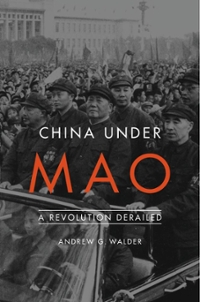Question
5. a. Define a stock.Define a flow. b. Suppose an economy has arrived at a classical stationary state.List the stocks that are stationary.Explain why they
5.a.Define a stock.Define a flow.
b.Suppose an economy has arrived at a classical stationary state.List the stocks that are stationary.Explain why they are stationary.
c.List the rates of change that are zero in a classical stationary state.Explain why they are zero.
d.The COVID-19 pandemic is dominating the news.Public health agencies have been instructing people to behave in a way that "flattens the curve."Consider a hypothetical city in which:(i) 2,000 people who become ill will recover if they receive care in a hospital; (ii) 50 is the maximum number of patients the city's hospital can treat in a week; (iii) 50 patients will arrive at the hospital in each of the next 40 weeks if residents of the city change their behaviour by following instructions from the city's public health agency; (iv) 2,000 patients will arrive at the hospital during the next 4 weeks if residents do not change their behaviour.Either way, 2,000 patients will arrive at the hospital.Use the distinction between stocks and flows to explain why it is important to "flatten the curve."
Step by Step Solution
There are 3 Steps involved in it
Step: 1

Get Instant Access to Expert-Tailored Solutions
See step-by-step solutions with expert insights and AI powered tools for academic success
Step: 2

Step: 3

Ace Your Homework with AI
Get the answers you need in no time with our AI-driven, step-by-step assistance
Get Started


